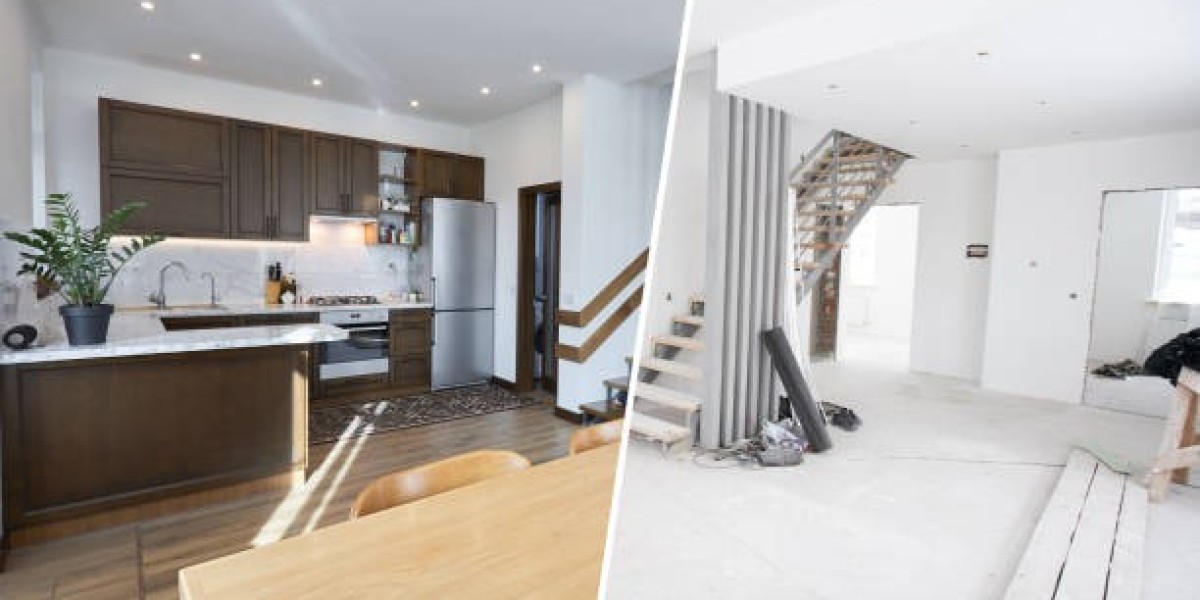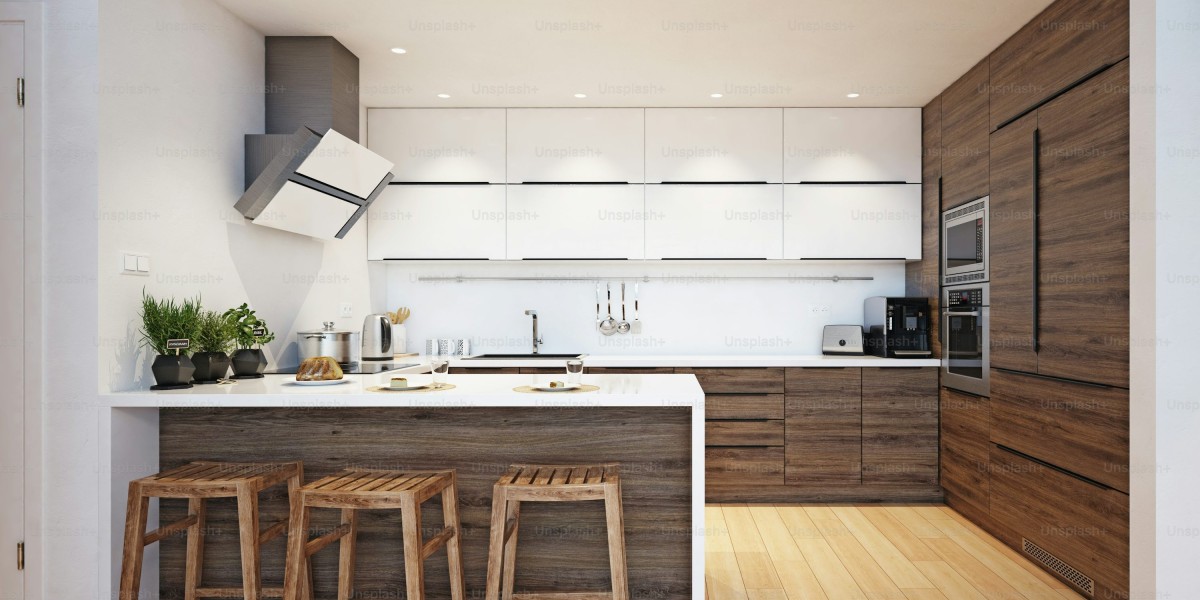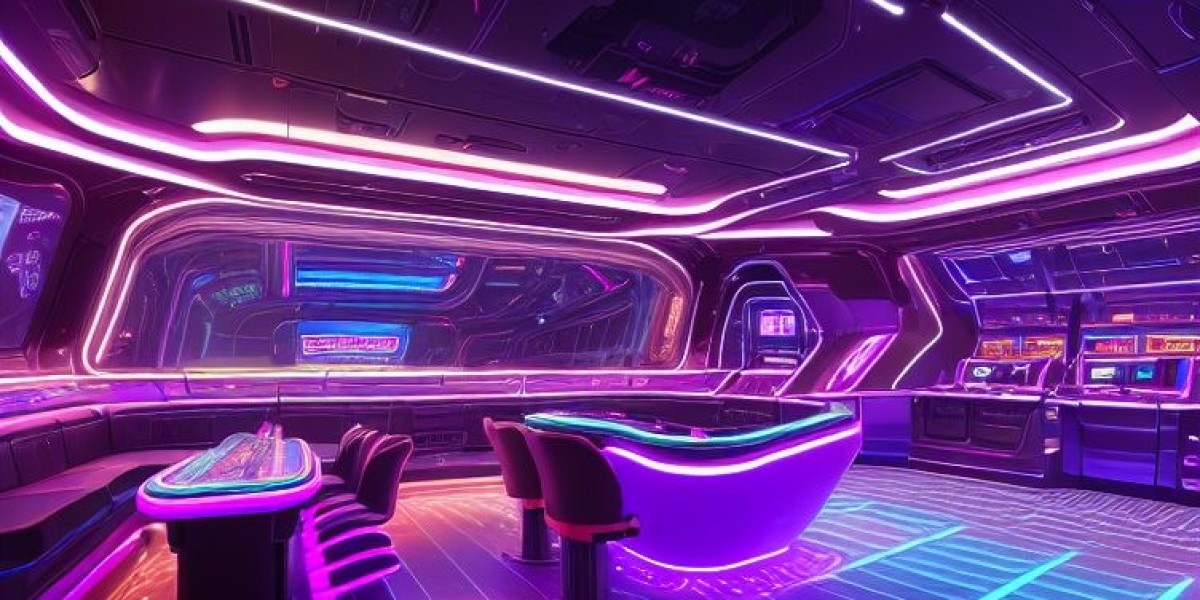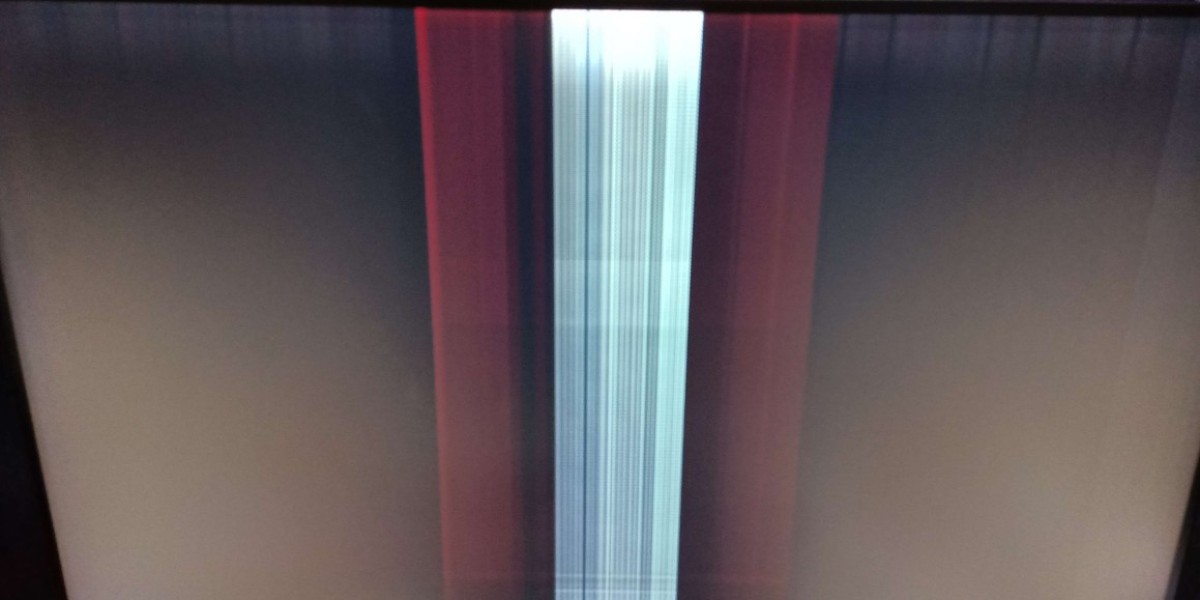The evolution of interior architecture is undergoing a dramatic transformation thanks to rapid technological advancements. At the forefront of this shift are firms like LLA Designer, which are blending traditional aesthetics with cutting-edge tech solutions to redefine how we experience and interact with interior spaces.
The Integration of Smart Technologies
One of the most significant changes in interior architecture is the adoption of smart technologies. Automation systems are no longer limited to luxury properties; they’ve become a standard for efficient design. From smart lighting and climate control to voice-activated systems and intelligent appliances, smart tech is helping create interiors that are responsive, energy-efficient, and highly personalized.
These technologies are not only enhancing convenience but are also influencing spatial layouts and design principles. Architects now consider sensor placement, wireless hubs, and integration points during the design phase, leading to smarter and more streamlined interiors.
Virtual Reality (VR) and Augmented Reality (AR) in Interior Planning
The use of VR and AR has revolutionized how designers and clients visualize spaces. Interior architects can now walk clients through virtual renderings of a project long before construction begins. This leads to better-informed decisions, fewer costly changes, and improved client satisfaction.
Augmented Reality tools further allow designers to overlay design elements into real-world environments, enabling on-the-spot testing of furniture placements, material textures, and color schemes. This immersive experience ensures alignment between the client’s vision and the final outcome.
3D Printing and Customization
3D printing technology is creating new possibilities in interior architecture by enabling unprecedented customization. Designers can now create intricate, tailor-made elements such as bespoke lighting fixtures, unique furniture pieces, and even structural components that were previously impossible or cost-prohibitive.
This flexibility enhances both form and function, pushing the boundaries of what interior spaces can look and feel like. In the UAE, for example, 3D-printed components are increasingly being integrated into both residential and commercial projects to deliver futuristic aesthetics with sustainable efficiency.
Sustainable Design Through Technology
Sustainability is now a cornerstone of modern interior architecture, and technology is playing a key role in making it achievable. From energy-efficient HVAC systems and low-impact materials to BIM (Building Information Modeling) that helps architects simulate environmental performance, technology ensures that new designs are both stunning and responsible.
At LLA Designer, sustainability is infused into every project. The firm utilizes smart modeling tools to forecast environmental impact, optimize resource usage, and design for long-term adaptability — especially important in a rapidly urbanizing region like the UAE.
Landscape Integration and Biophilic Design
The future of interior architecture isn't confined to four walls. It extends to how interior and exterior spaces are harmonized. The rise of biophilic design—the incorporation of natural elements into interiors—has led to a growing demand for cohesive indoor-outdoor environments.
To meet this demand, professionals offering Landscape Design Services In Uae are working closely with interior architects to ensure seamless integration between living spaces and natural surroundings. The result is environments that support well-being, productivity, and a deeper connection with nature.
Artificial Intelligence and Predictive Design
AI is beginning to influence design choices by analyzing data about user habits, space usage, and environmental conditions. Interior architecture firms can now use AI algorithms to predict design trends, automate repetitive tasks, and even suggest spatial configurations based on behavioral analytics.
This shift allows designers to focus more on creativity and innovation while ensuring that the technical and functional aspects of the design are backed by data.
The Road Ahead
Technology is not just shaping interior architecture—it is redefining its very foundation. With tools that enhance creativity, efficiency, sustainability, and personalization, the future promises spaces that are more human-centered, adaptive, and intelligently designed.
Firms like LLA Designer are leading this transformation by merging design excellence with technological innovation, delivering interiors that not only look good but perform exceptionally well in an ever-evolving world.







